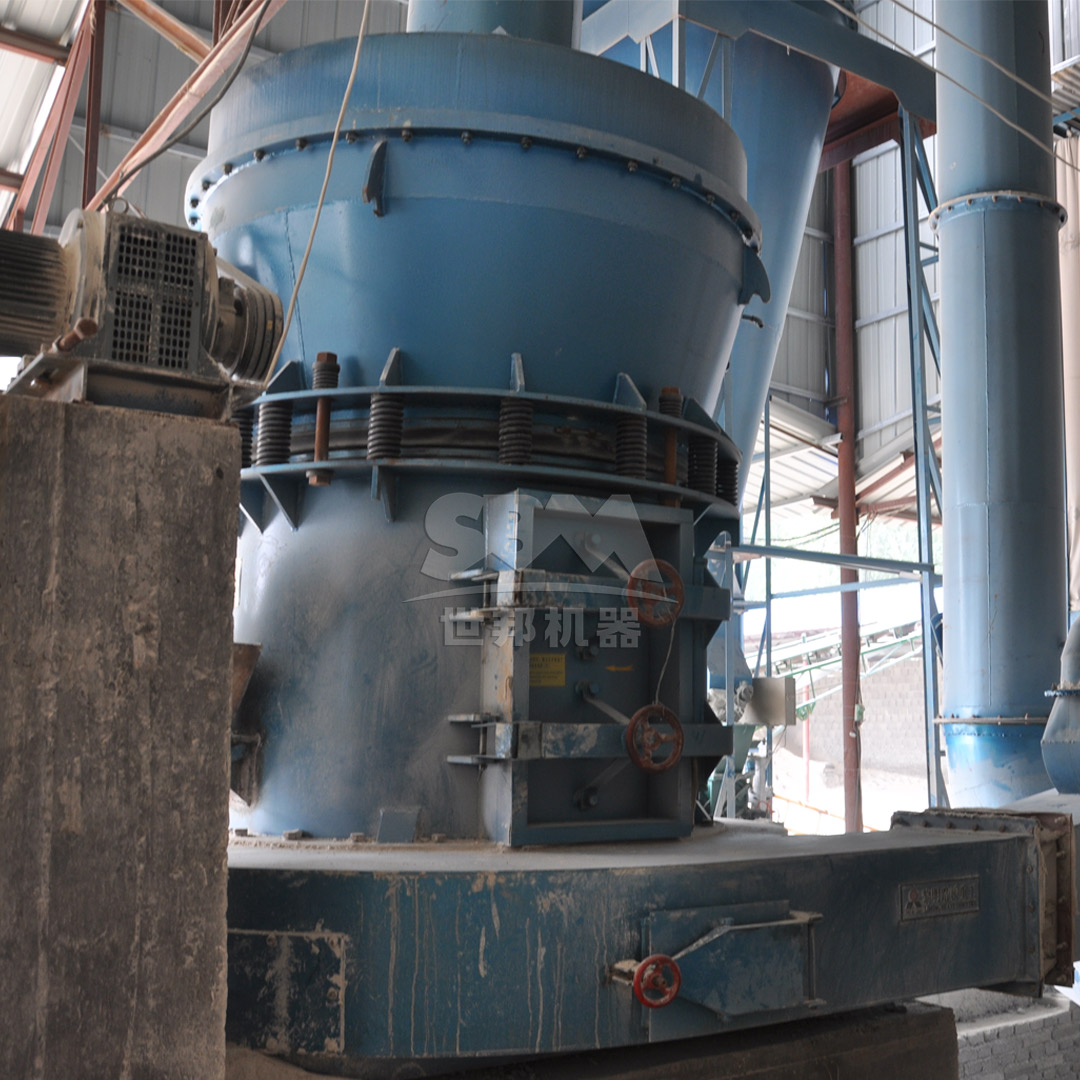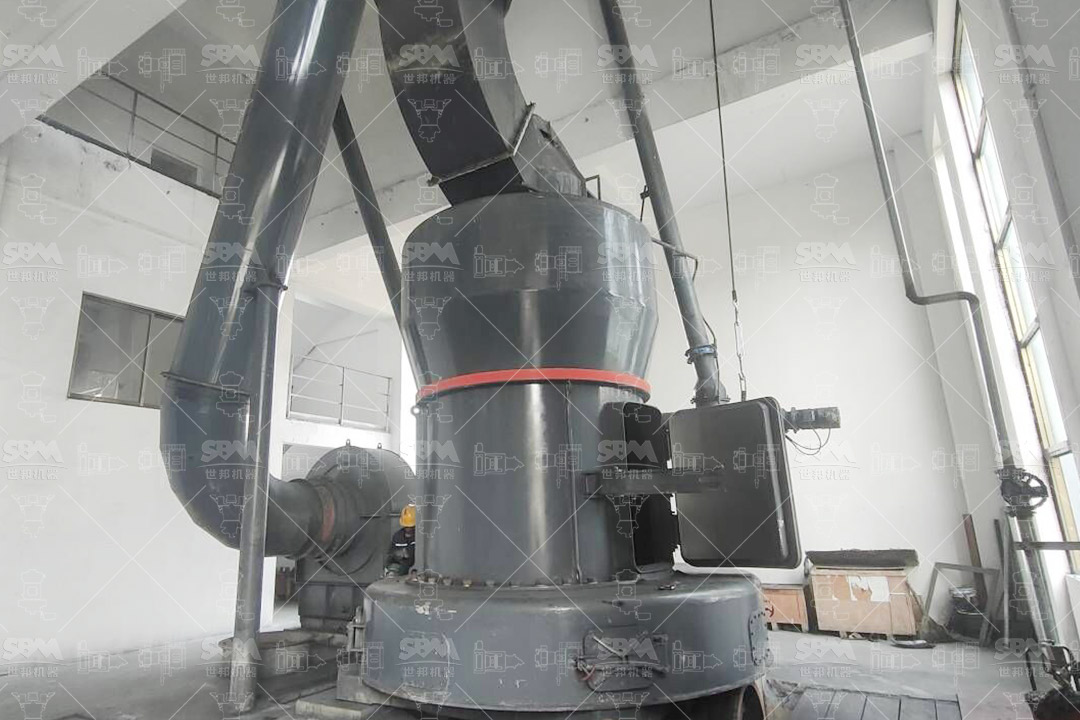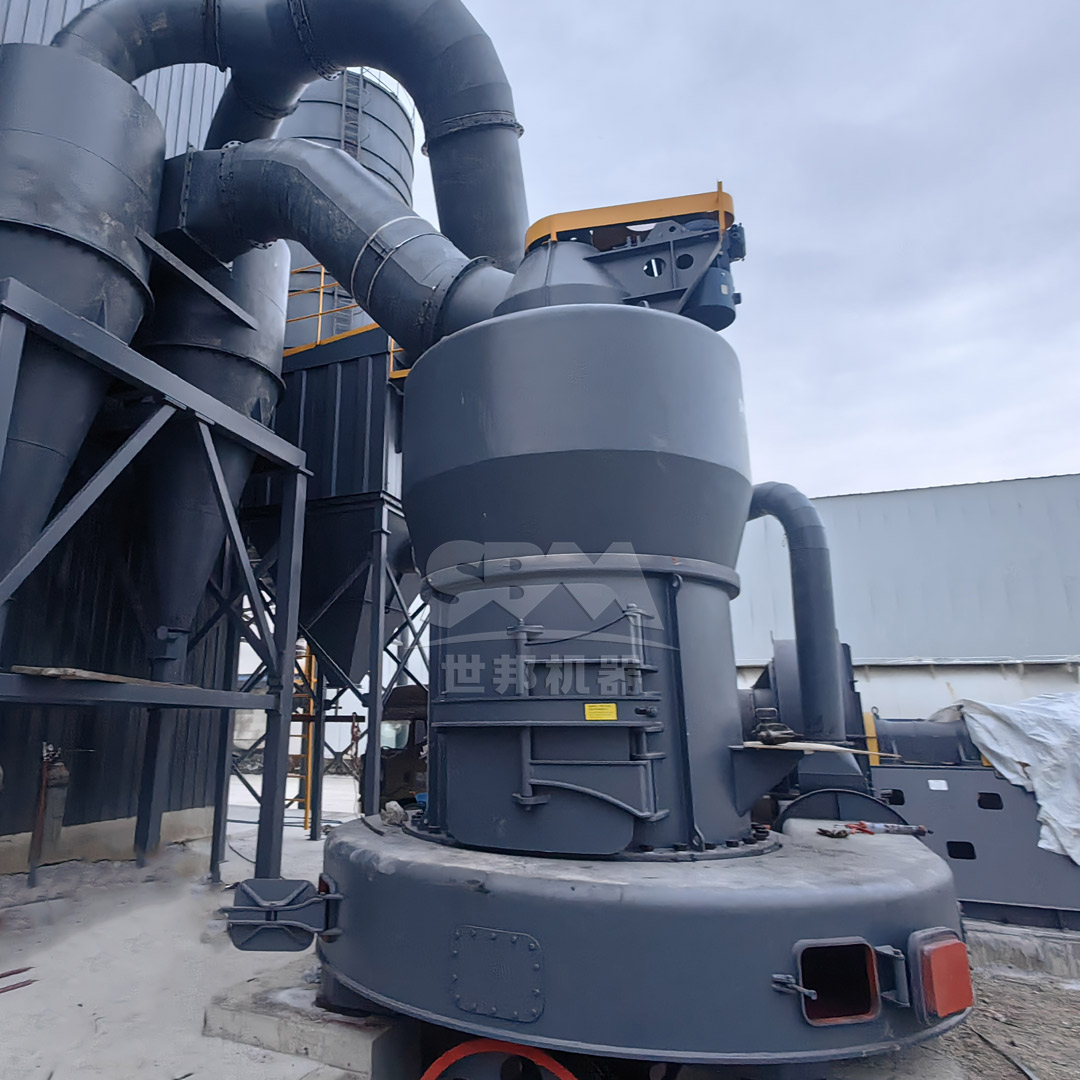The construction industry is undergoing a revolutionary transformation with the integration of advanced specialty materials that offer enhanced performance, durability, and sustainability. At the heart of this evolution lies the processing of key minerals like talc, whose properties are fundamentally transformed through ultrafine grinding technologies. The particle size distribution, surface area, and morphological characteristics of talc powder directly influence its performance as a functional filler in polymers, coatings, sealants, and cementitious composites.
Traditional grinding methods often fail to achieve the precise particle size control required for high-performance applications, resulting in inconsistent material properties and suboptimal performance. This technical limitation has driven the development of sophisticated milling equipment capable of producing talc powders with tightly controlled particle size distributions down to the micron and sub-micron range.

Ultrafine talc powders exhibit unique characteristics that make them invaluable in specialty construction materials. When ground to precise specifications, talc particles below 10 microns demonstrate exceptional reinforcement capabilities in polymer composites, improved barrier properties in coatings, enhanced workability in mortars, and superior mechanical properties in various construction matrices.
The aspect ratio and platelet structure of talc particles are preserved through careful grinding processes, enabling them to function as efficient reinforcing agents. In polypropylene composites used for construction applications, properly processed talc improves stiffness, heat deflection temperature, and dimensional stability. The uniform dispersion of ultrafine talc particles throughout the polymer matrix creates a nanocomposite-like structure that significantly enhances mechanical properties while reducing material costs.
The transformation of raw talc into high-performance construction additives requires sophisticated milling equipment capable of precise particle size control, minimal contamination, and energy-efficient operation. Modern talc processing facilities employ multi-stage grinding systems that progressively reduce particle size while preserving the inherent platelet structure that gives talc its functional properties.
Primary crushing typically reduces raw talc to manageable sizes, followed by intermediate grinding stages that prepare the material for final ultrafine processing. The critical final stage employs specialized mills designed specifically for producing powders with narrow particle size distributions in the micron and sub-micron ranges. This precision grinding is essential for achieving the consistent performance required in demanding construction applications.

| Parameter | Requirement | Impact on Final Product |
|---|---|---|
| Particle Size Distribution | D97 ≤ 5μm with narrow distribution | Consistent reinforcement and surface properties |
| Contamination Control | Iron content < 100 ppm | Maintained polymer stability and color |
| Energy Efficiency | 30-50% reduction vs conventional mills | Lower production costs and environmental impact |
| Temperature Control | < 95°C during grinding | Preserved crystal structure and surface properties |
Among the advanced milling solutions available today, the SCM Ultrafine Mill represents a significant technological advancement specifically engineered for producing high-quality talc powders for construction applications. This innovative mill system combines robust construction with precision engineering to deliver consistent performance across a wide range of processing conditions.
The SCM series achieves remarkable fineness levels of 325-2500 mesh (D97 ≤ 5μm) while maintaining high throughput rates of 0.5-25 tons per hour, depending on the specific model. This combination of ultra-fine output and substantial production capacity makes it ideally suited for meeting the demanding requirements of modern construction material manufacturers.
The engineering excellence of the SCM Ultrafine Mill is evident in its multiple technological advantages:
| Model | Processing Capacity (ton/h) | Main Motor Power (kW) | Output Fineness (mesh) |
|---|---|---|---|
| SCM800 | 0.5-4.5 | 75 | 325-2500 |
| SCM900 | 0.8-6.5 | 90 | 325-2500 |
| SCM1000 | 1.0-8.5 | 132 | 325-2500 |
| SCM1250 | 2.5-14 | 185 | 325-2500 |
| SCM1680 | 5.0-25 | 315 | 325-2500 |
For construction material applications requiring intermediate fineness with high production throughput, the MTW Series Trapezium Mill offers an optimal solution. This advanced mill system processes talc at capacities ranging from 3-45 tons per hour with output fineness between 30-325 mesh, making it ideal for large-scale production of talc for bulk construction applications.
The MTW series incorporates several patented technologies that enhance performance and reliability. The curved air duct design minimizes airflow resistance and improves transmission efficiency, while the cone gear integral transmission system achieves remarkable 98% transmission efficiency. These engineering innovations contribute to lower operating costs and higher overall equipment effectiveness.

The transition from conventional milling equipment to advanced systems like the SCM Ultrafine Mill and MTW Series Trapezium Mill represents a quantum leap in processing efficiency and product quality. Traditional ball mills and Raymond mills, while adequate for basic applications, cannot achieve the precise particle size control and energy efficiency required for high-value construction materials.
Comparative analysis demonstrates that advanced ultrafine mills reduce energy consumption by 30-50% while increasing production capacity by 40-100% compared to conventional technologies. More importantly, the superior particle size distribution control enables construction material manufacturers to develop products with enhanced performance characteristics that command premium market positioning.
| Technology | Energy Consumption (kWh/ton) | Maximum Fineness (mesh) | Particle Distribution | Contamination Risk |
|---|---|---|---|---|
| Ball Mill | 45-60 | 400 | Wide | High |
| Raymond Mill | 35-50 | 500 | Moderate | Medium |
| MTW Trapezium Mill | 25-35 | 325 | Narrow | Low |
| SCM Ultrafine Mill | 20-30 | 2500 | Very Narrow | Very Low |
The practical benefits of advanced talc milling technologies are demonstrated across multiple construction material segments. In polymer composites for building components, talc processed through SCM Ultrafine Mills has enabled the development of injection-molded products with improved stiffness, heat resistance, and dimensional stability. Construction profiles manufactured with these advanced talc composites demonstrate 25-40% better performance in standardized tests compared to conventional filled systems.
In coating applications, the precisely controlled particle size distribution achieved through modern milling technologies provides superior barrier properties, enhanced opacity, and improved weather resistance. Architectural coatings formulated with ultrafine talc demonstrate extended service life in harsh environmental conditions, reducing maintenance frequency and lifecycle costs for building owners.
The construction industry’s increasing focus on sustainability and environmental performance is driving new applications for ultrafine talc processed through advanced milling technologies. As green building standards become more stringent, the demand for materials that contribute to energy efficiency, durability, and reduced environmental impact continues to grow.
Ultrafine talc is emerging as a key component in next-generation construction materials, including phase-change material composites for thermal energy storage, photocatalytic coatings for air purification, and high-performance composites for lightweight construction. The precise particle engineering made possible by mills like the SCM series enables manufacturers to tailor material properties for specific sustainability applications, opening new market opportunities while supporting environmental goals.
Looking forward, the integration of Industry 4.0 technologies with advanced milling equipment will further enhance processing efficiency and product consistency. Smart monitoring systems, predictive maintenance algorithms, and automated quality control will enable construction material producers to achieve new levels of performance while optimizing resource utilization and minimizing environmental impact.
The transformation of talc from a conventional filler to a high-performance additive in specialty construction materials is fundamentally dependent on advanced milling technologies. Equipment such as the SCM Ultrafine Mill and MTW Series Trapezium Mill enables manufacturers to unlock the full potential of talc, creating materials with enhanced properties that meet the evolving demands of the construction industry.
By investing in state-of-the-art processing technology, construction material producers can differentiate their products in competitive markets, command premium pricing, and contribute to the development of more sustainable built environments. The precise particle engineering made possible by these advanced mills represents not just a technical improvement, but a strategic advantage in an increasingly sophisticated and demanding marketplace.